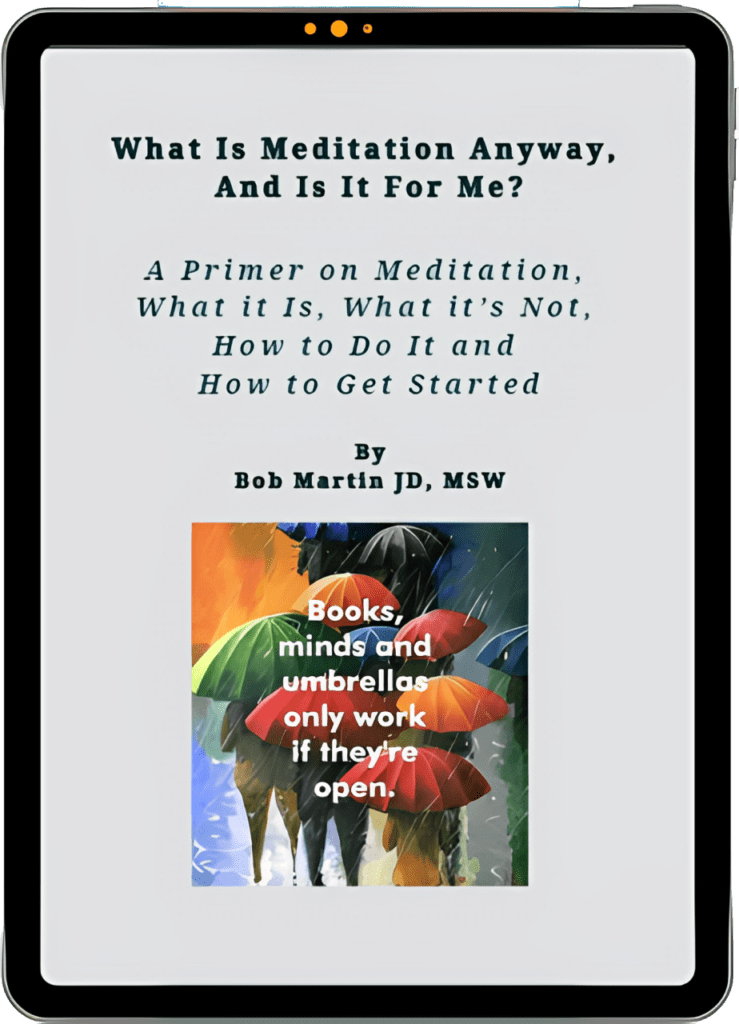“What you resist, persists.” This phrase, often attributed to Swiss psychiatrist Carl Jung, encapsulates a truth about the human mind: the more we fight against unpleasant thoughts, feelings, or experiences, the more power they seem to hold over us. On the other hand, “what you can be with will let you be” suggests that acceptance, rather than resistance, is the key to emotional regulation and freedom. These principles form the backbone of mindfulness meditation and reveal the counterintuitive ways our minds operate.
The Paradox of Resistance: Rebound Effect
Imagine trying to push a beach ball underwater. The harder you push, the more forcefully it rebounds when released. This is much like resisting negative emotions or intrusive thoughts. By trying to suppress anger, anxiety, or sadness, we amplify their intensity and longevity. The mind becomes locked in a struggle, fixating on the very thing we wish to escape.
This phenomenon is well-documented in psychology. Studies on thought suppression have shown that efforts to avoid certain thoughts—“Don’t think about a white bear!”—often lead to their recurrence with even greater frequency. This is known as the “rebound effect,” and it underscores how resistance can backfire, leaving us more entangled in our mental struggles.
How Meditation Helps With Emotional Balance
Mindfulness meditation offers an antidote to this cycle of resistance. Rather than striving to banish or control unwanted thoughts and feelings, meditation encourages us to observe them without judgment. This practice cultivates equanimity—a calm and balanced state of mind that allows us to experience life as it is, without resistance.
- Recognizing the Nature of Thoughts
Meditation helps us see thoughts for what they are: transient mental events that do not define us. By sitting quietly and observing the mind, we learn to recognize that thoughts and emotions arise and pass away like clouds in the sky. This perspective reduces their grip on us, making it easier to “be with” them without feeling overwhelmed.
- Creating Space for Acceptance
We create a mental space through mindfulness to acknowledge our experiences without judgment. If anxiety arises during meditation, we might label it: “anxiety.” No story, no resistance—just the recognition of its presence. This acceptance often diminishes the emotion’s intensity, allowing it to dissipate naturally.
- Rewiring the Brain
Scientific research supports the transformative power of meditation. Studies using functional MRI scans have shown that consistent mindfulness practice can reduce activity in the amygdala, the brain’s fear center, while strengthening the prefrontal cortex, which governs rational thinking and emotional regulation. This rewiring helps us respond to stressors with greater resilience and less reactivity.
Embracing the Counterintuitive
The idea of “being with” discomfort may seem counterintuitive in a culture that prioritizes fixing, avoiding, or numbing pain. Yet, the wisdom of mindfulness lies in its paradoxical approach: by turning toward our pain, we rob it of its power. Acceptance doesn’t mean resignation; it means acknowledging reality as it is, which is the first step toward meaningful change.
Consider the story of a man sitting by a river. A leaf floats by, and he tries to grab it. But the more he thrashes, the more the current carries the leaf out of reach. When he stops fighting and observes, the river’s flow brings the leaf back to him. This story mirrors the practice of meditation—letting go of resistance and trusting the natural rhythm of life.
Practical Steps to Begin
If you’re new to meditation, here are some simple steps to get started:
- Set Aside Time: Five minutes a day can make a difference. Find a quiet space where you won’t be disturbed.
- Focus on the Breath: Sit comfortably, close your eyes, and bring your attention to your breath. Notice the sensation of air entering and leaving your nostrils.
- Observe Without Judgment: Thoughts and feelings will arise; acknowledge them gently. Say to yourself, “thinking” or “feeling,” and return to your breath.
Practice Regularly: Like any skill, mindfulness requires consistent practice. Over time, you’ll notice increased calm and clarity.
The Freedom of Letting Go
Mindfulness meditation offers a powerful approach to mastering emotional regulation. It teaches us that we don’t have to wrestle with our minds to find peace. By embracing the counterintuitive truth that “what you resist, persists,” we open ourselves to the freedom of simply being. The next time you find yourself caught in a storm of thoughts or emotions, remember: the way out is not through resistance but mindful acceptance. In learning to be with life as it is, we discover it’s okay to let it simply let us be.



